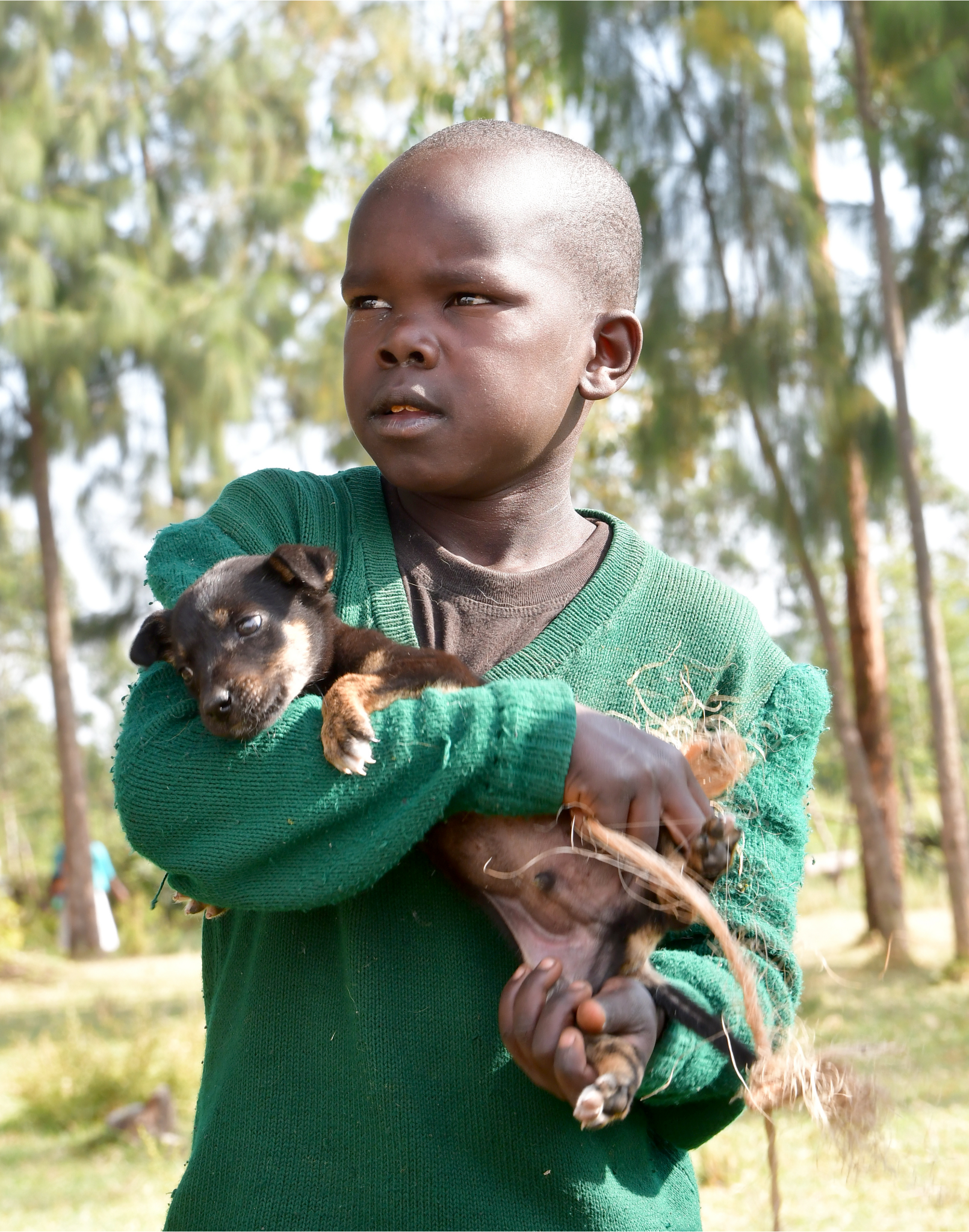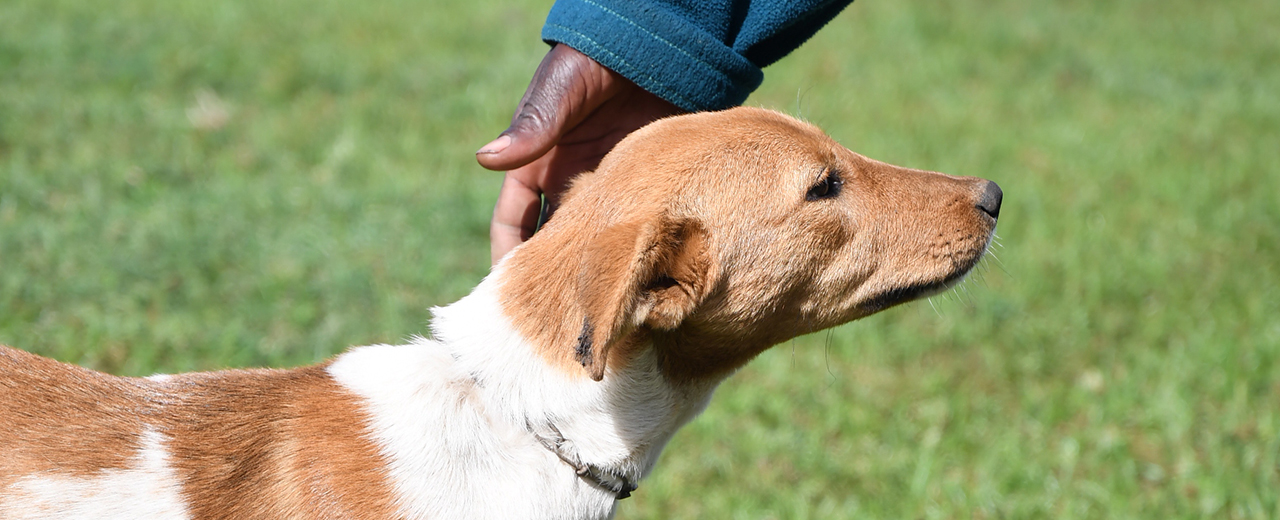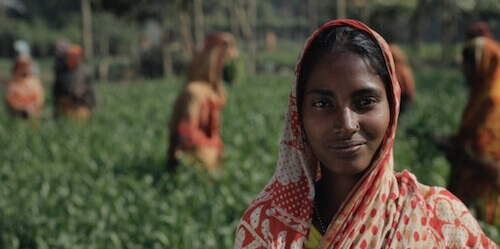 Lifesaver: Vaccination
Lifesaver: Vaccination
The history of a forgotten disease
Joshua has been walking along the dusty clay road for half an hour with his two dogs. His destination? One of the neighbouring villages. He read a poster at the school that they are today offering rabies vaccinations for dogs herer. There have been several rabies outbreaks in the region in recent months. Joshua knows from stories that a simple vaccination is enough to prevent rabies. Therefore, he now wants to protect himself, his dogs and his community from the disease. Arriving at the site of the campaign, he joins the queue of waiting people with their dogs - he also sees a few cats. When it is his turn, both dogs get the rabies vaccination and he receives a vaccination certificate for each. Joshua is greatly relieved because the two are more than just loyal companions, they help him herd his sheep and goats and watch over him and his family at night - a very special bond between man and animal.
Necessity
Protection of vulnerable people, especially children, from being infected with rabies through the bite of a dog
Activity
Conducting broad-based education and vaccination campaigns to contain and eradicate rabies in Uganda in the long term
Countable effort
Number of rabies vaccine doses given to dogs
Result
Rising number of vaccinated dogs living with humans and reduction of (fatal) rabies infections, especially among children and particularly in rural areas of Uganda
Systemic effect
Through education and vaccination campaigns, the spread of rabies as an NTD is being contained in the West Nile Region & Karamoja, Uganda
Background
In most countries in the world, rabies has been successfully controlled by vaccinating domestic and wild animals, as well as through numerous legal regulations and public information campaigns. However, this applies primarily to countries of the Global North, because for many people in the countries of the Global South, the infectious disease is still part of everyday life. That makes rabies one of the so-called Neglected Tropical Diseases (NTDs), because every death is preventable through existing control strategies and highlights the inequitable access to vaccines and life-saving knowledge.
Approximately 99% of human rabies cases result from dog bites. The cheapest and most effective way to protect people and animals from this is to vaccinate dogs across the country (GARC, 2022). This makes it all the more important to carry out targeted vaccination campaigns in the most affected regions in order to contain and, at best, eradicate rabies here as well.
In line with the One Health approach, which presupposes the overall health of humans, animals and their shared environment for sustainable development, vaccination and education campaigns are carried out in which dogs and cats are vaccinated and at the same time their owners are educated about how the vaccination protects them. The four-legged friends are also dewormed to protect them and the people living with them from the canine tapeworm. This will help combat the spread of two NTDs and ensure a decrease in infectious diseases with the help of One Health.
During the vaccination campaigns in Uganda, only animals that have an owner are vaccinated. These are mainly dogs that are of great importance to their owners as guard or herding dogs. The goal? To eradicate rabies in East Africa by 2030. This goal is part of the “Zero by 30” campaign, the global strategy to combat rabies (WHO, 2019).
The good deed
Every good deed finances the rabies vaccination of a dog - a vaccination that protects the life of the dog and that of the people and animals around it with immediate effect. In the name of One Health, the vaccination campaigns are accompanied by public awareness and education work in schools and churches to provide information about this neglected tropical disease, to ensure long-term development in the fight against rabies. This brings the goal of eradicating rabies in Uganda by 2030 a little closer.

About Uganda
Kampala
Capital
47,123,533
Number of inhabitants
858.1
Gross domestic product per capita per year
Rang 166 von 191
Human Development Index
Almost three quarters of all families living in Uganda keep livestock. Herding dogs are their most loyal and important companions.
About the organization and further information
Association
Tierärzte ohne Grenzen e.V.
Website


Further information and source
- World Health Organization (WHO), 2019. Zero by 30: the global strategic plan to end human deaths from dog-mediated rabies by 2030. World Health Organization, Geneva
- Nyasulu P.S., Weyer J., Tschopp R., et al. Rabies mortality and morbidity associated with animal bites in Africa: a case for integrated rabies disease surveillance, prevention and control: a scoping review. BMJ Open, 2021
- Global Alliance for Rabies Control (GARC), 2022. About Rabies. GARC, Manhatten, Kansas, USA




